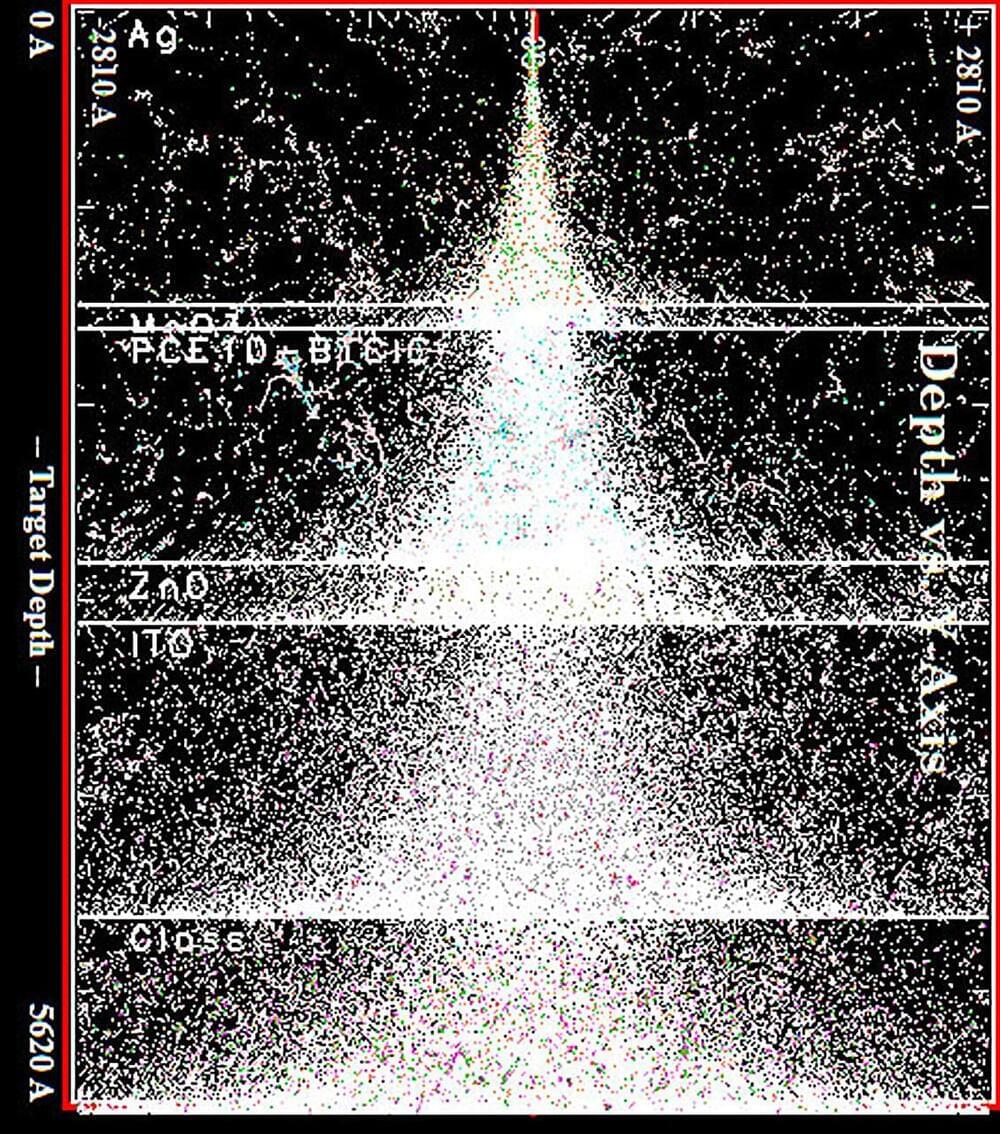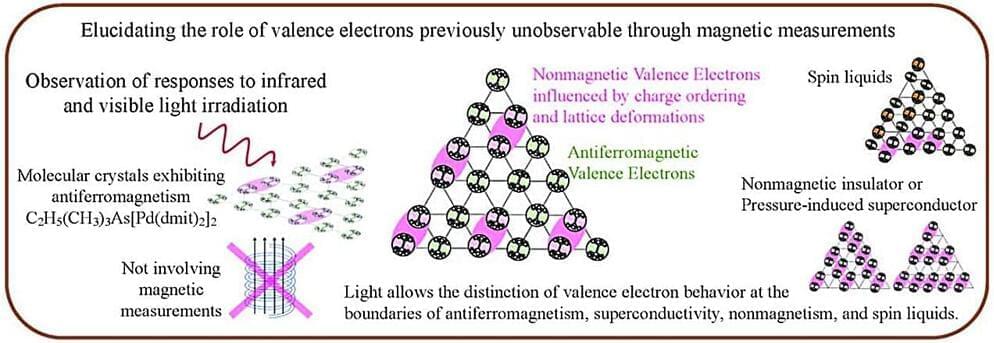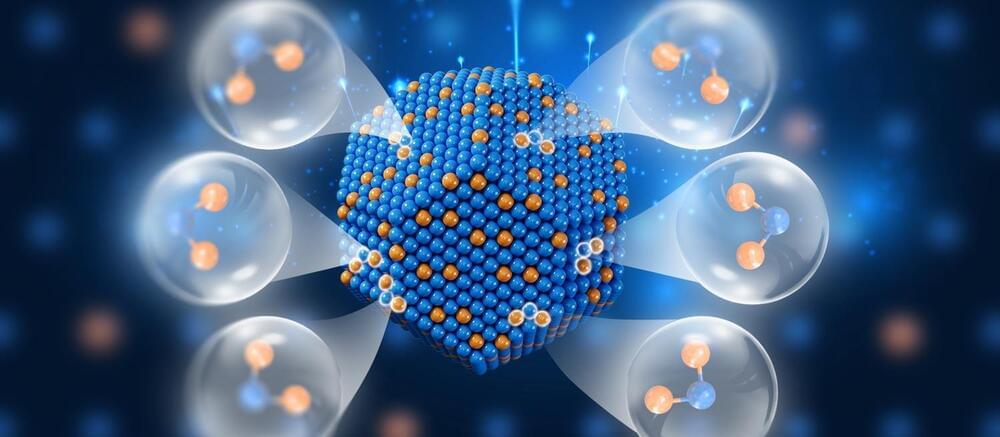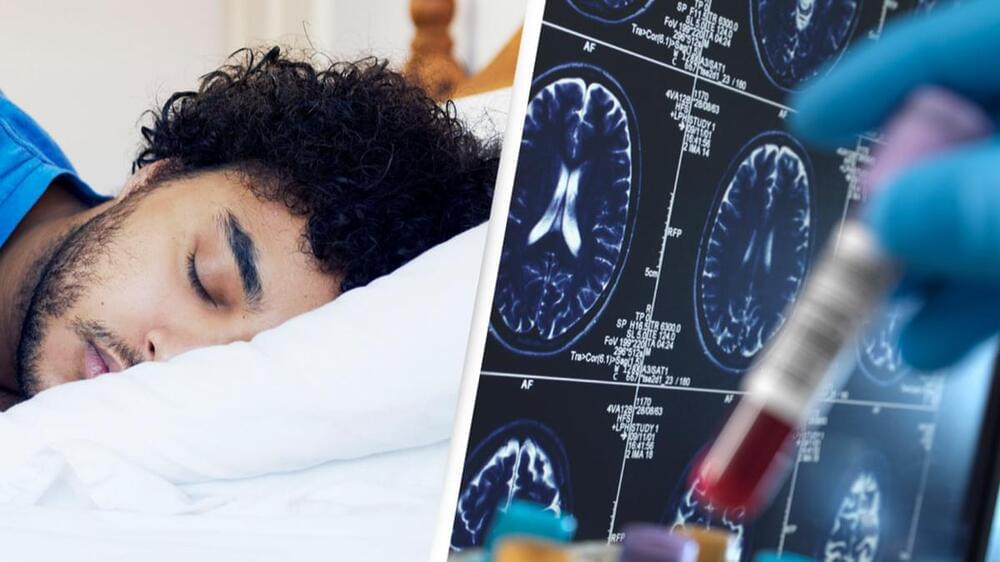
“We initially expected the carbon-to-oxygen ratio in the planet might be similar to the disk,” said Dr. Chih-Chun “Dino” Hsu. “But, instead, we found the carbon, relative to oxygen, in the planet was much lower than the ratio in the disk.”
What is the official process of planetary formation and evolution and is this process uniform for all planetary bodies throughout the universe? This is what a recent study published in The Astrophysical Journal Letters hopes to address as a team of researchers investigated a young exoplanet still forming within its protoplanetary disk that could offer clues into the secrets behind planetary formation and evolution. Additionally, it holds the potential to provide greater complexity with longstanding planetary formation models, which have traditionally presented simple scenarios for planetary formation and evolution.
For the study, the researchers used the W. M. Keck Observatory to observe PDS 70b, which is a gas giant planet approximately three Jupiter masses and located 369 light-years from Earth. What makes PDS 70b interesting for astronomers is its age, as it’s estimated to be approximately 5 million years old, meaning it is still gathering material from the system’s disk, also known as accretion.
Using Keck, the researchers analyzed the light spectra of PDS 70b’s atmosphere to ascertain its carbon-to-oxygen ration and compared this data to the carbon-oxygen ratio of the protoplanetary disk that PDS 70b resides. In the end, the researchers found that PDS 70b carbon-to-oxygen ratio was lower than the surrounding disk, which challenges previous notions of planetary formation models, and the methods used to build those models.









